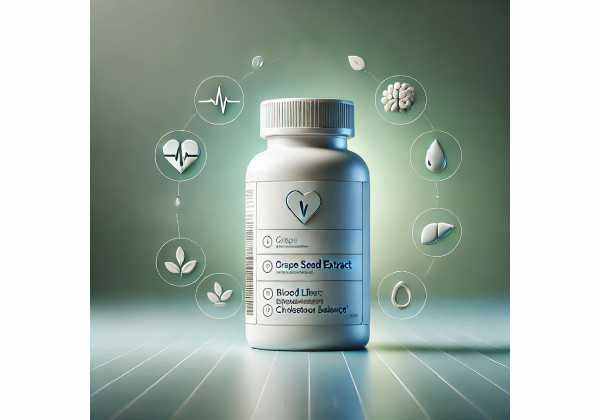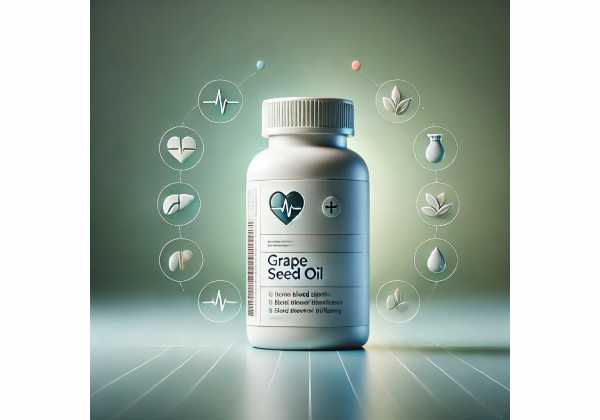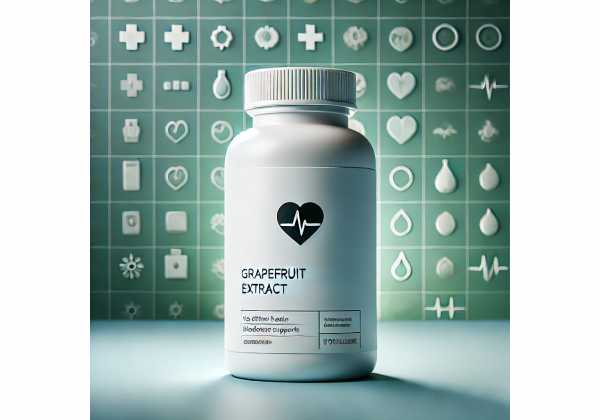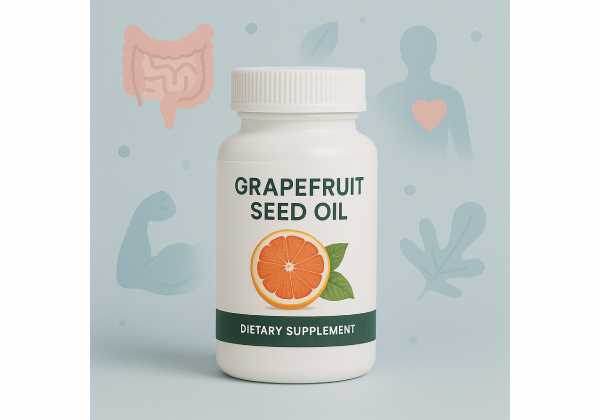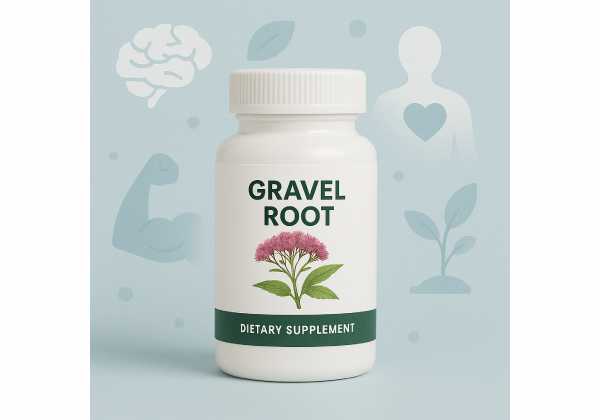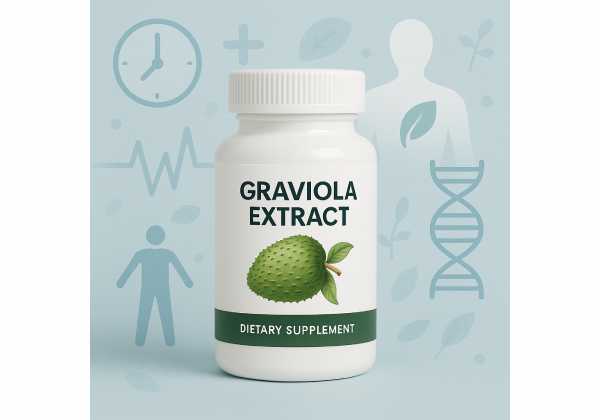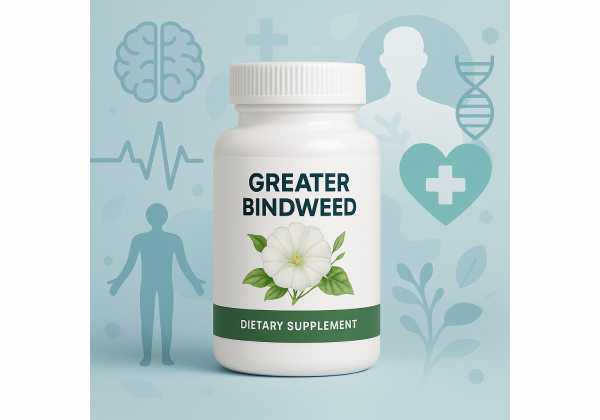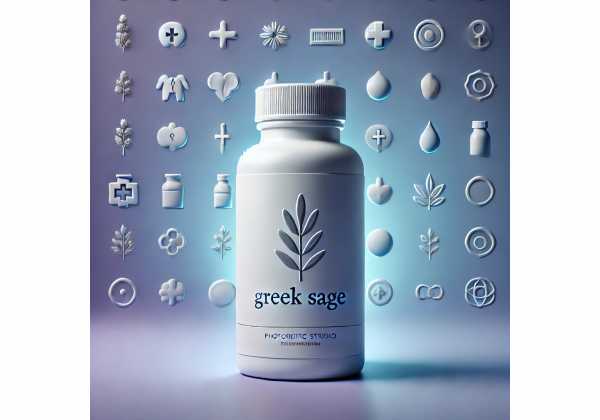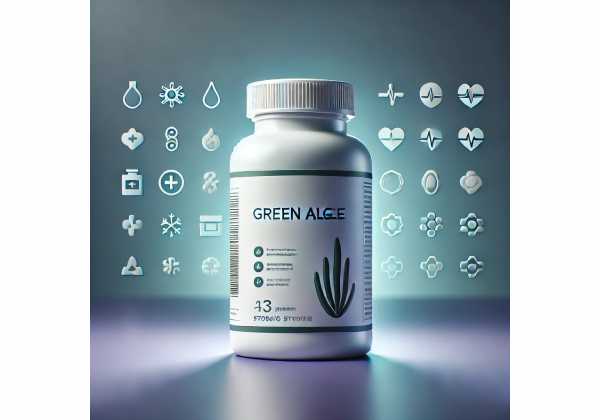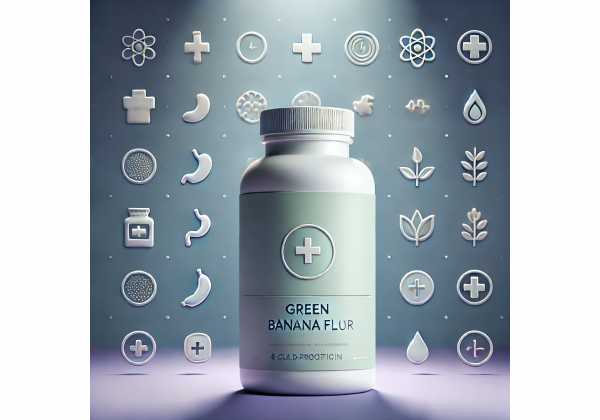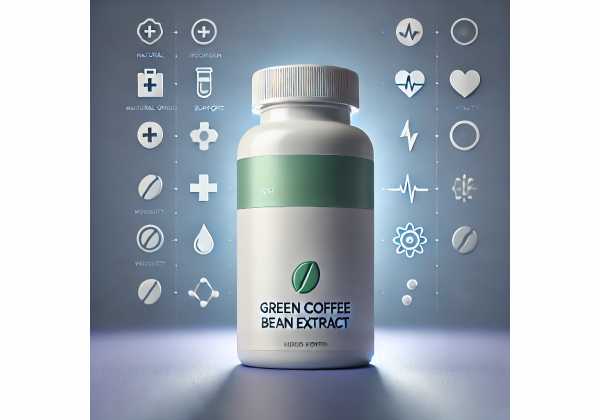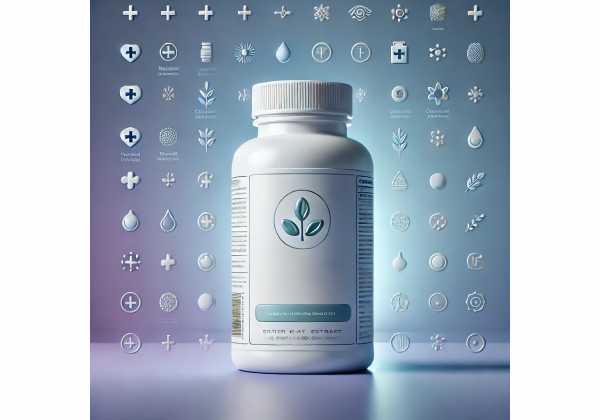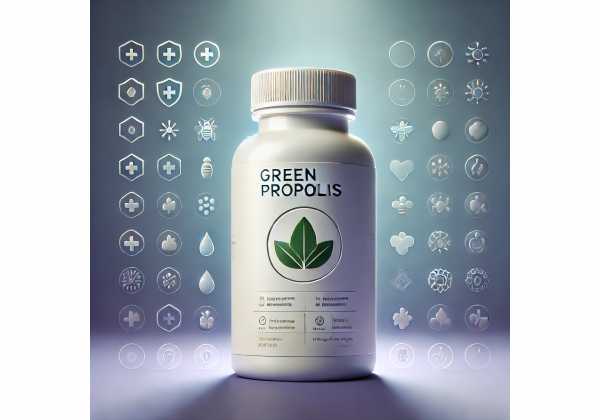Goutweed (Aegopodium podagraria) health benefits, how to use it, dosage, and side effects
Goutweed (Aegopodium podagraria), also called ground elder or herb gerard, is a vigorous leafy herb in the carrot family that has been eaten and used in folk medicine across Europe for centuries. Today, interest is rising again because its young leaves are rich in polyphenols and other phytochemicals with antioxidant and anti-inflammatory activity. Early laboratory and animal research suggests...
Graminex pollen extract: Uses for Urinary Incontinence and Prostate Symptoms, Dosage Ranges, and Safety Considerations
Graminex® flower pollen extract is a standardized blend of water-soluble and lipid-soluble fractions made from cereal grasses (typically rye, corn, and timothy). It is produced without chemical solvents and has been studied primarily for urinary and pelvic symptoms—most notably chronic prostatitis/chronic pelvic pain syndrome (CP/CPPS), benign prostatic hyperplasia (BPH)–related lower urinary tract symptoms (LUTS), and, more recently, urinary incontinence...
Grape seed extract: Vascular health benefits, how it works, dosage range, and safety
Grape seed extract (GSE) concentrates bioactive polyphenols—especially oligomeric proanthocyanidins (OPCs)—from the tiny seeds of Vitis vinifera. These compounds act as potent antioxidants and appear to support vascular health by improving endothelial function, assisting healthy blood pressure in certain groups, and reducing leg heaviness and swelling in venous problems. Research also explores GSE for lipid balance and oxidative stress, though...
Grape seed oil: Health benefits, how to use it in cooking and skincare, dosage guidance, and safety
Grape seed oil turns a wine-making by-product into a versatile kitchen and skincare staple. Pressed from Vitis vinifera seeds, it’s naturally rich in polyunsaturated fat—primarily linoleic acid (omega-6)—with smaller amounts of oleic acid (omega-9). In the “unsaponifiable” fraction you’ll find tocopherols (vitamin E family) and phytosterols that contribute to antioxidant behavior and skin-barrier support. Refined versions offer a neutral...
Grape skin extract: Antioxidant and vascular support, evidence-based uses, dosage, and side effects
Grape skin extract concentrates the purple-red pigments and protective compounds found in the skins of Vitis vinifera grapes. These include anthocyanins, resveratrol, flavonols, and phenolic acids—molecules studied for vascular support, antioxidant action, and cellular signaling. In supplements, grape skin extract is positioned for heart and metabolic health, healthy blood vessel function, brain performance under stress, and recovery from oxidative...
Grapefruit seed extract: Antimicrobial properties, how to use it, recommended dosage, and side effects
Grapefruit seed extract (often abbreviated GSE) is a citrus-derived supplement promoted for broad antimicrobial and antioxidant support. Manufacturers typically concentrate compounds from the seeds, pulp, and white membranes, then deliver them as liquid drops, capsules, or topical sprays. People reach for GSE to help with skin breakouts, oral and throat hygiene, travelers’ tummy troubles, or to preserve homemade cosmetics....
Grapefruit seed oil: Skin and hair benefits, how to use it, recommended topical dosage, and safety
Grapefruit seed oil is a fixed, non-volatile oil pressed from the seeds of the grapefruit (Citrus paradisi). Lightweight and fast-absorbing, it’s prized for a high proportion of unsaturated fatty acids that help soften skin and smooth hair without a heavy feel. You’ll see it in face oils, serums, body lotions, and hair products where it supports the skin barrier,...
Gravel root: Uses for Urinary Health, Potential Benefits, Recommended Dosage, and Side Effects
Gravel root—also known as Joe-Pye root (Eutrochium purpureum, formerly Eupatorium purpureum)—is a North American herb with a long history in folk medicine for “kidney gravel,” or urinary stones. Today, interest centers on two realities: first, laboratory work suggests this plant contains constituents with anti-inflammatory activity; second, gravel root and related species can contain 1,2-unsaturated pyrrolizidine alkaloids (PAs), natural toxins...
Graviola extract: Benefits for Wellness, Best Forms, Dosage Ranges, and Side Effects
Graviola (Annona muricata), also called soursop or guanábana, is a tropical tree whose leaves, fruit, and seeds have long been used in folk medicine. Modern supplements typically focus on leaf extract and promise wide-ranging benefits—from immune and antioxidant support to balanced inflammation and glucose control. Laboratory research has identified unique compounds called acetogenins alongside alkaloids and polyphenols that may...
Greater bindweed: Potential Benefits and Risks, How It Works, Dosage Questions, and Interactions
Greater bindweed (Calystegia sepium), also called hedge bindweed, is a vigorous climbing plant in the morning glory family. Although best known as a hedgerow weed, it contains distinctive plant compounds—most notably calystegines (a class of nortropane alkaloids) and resin glycosides—that have drawn scientific interest. Traditional use has centered on mild laxative and topical applications, while modern lab studies on...
Greek sage: What It Is, Science-Backed Benefits, How to Take It, and Who Should Avoid It
Greek sage (Salvia fruticosa), sometimes called Greek sage tea or Cretan sage, is a Mediterranean shrub prized for its aromatic leaves and essential oil. Traditionally sipped as a digestive and soothing tea, it’s now studied for antioxidant activity, enzyme-modulating effects relevant to memory and metabolic health, and broad antimicrobial properties. Greek sage isn’t a cure-all, but it’s a versatile...
Green algae: Nutrition Facts, Research-Backed Benefits, Dosage, and Safety Tips
Green algae are a diverse group of freshwater and marine plants that have become popular as nutrient-dense supplements. Most products on shelves come from microalgae such as chlorella and some edible seaweeds like sea lettuce (Ulva). They provide concentrated protein, chlorophyll, carotenoids (lutein, zeaxanthin, beta-carotene), minerals, and unique polysaccharides. People reach for green algae to support general nutrition, antioxidant...
Green banana flour: Metabolic health benefits, dosage timing, culinary uses, and safety
Green banana flour (GBF) turns unripe bananas—naturally high in resistant starch—into a fine powder you can add to everyday foods. People use it to support healthy blood sugar, digestion, and weight management, and as a gluten-free baking option that performs surprisingly well. Because it is milled from unripe bananas, it contains less sugar and more fermentable fiber than ripe...
Green coffee bean extract: Benefits for Metabolism, Proper Use, Dosage Timing, and Safety Tips
Green coffee bean extract (GCBE) is a concentrated source of chlorogenic acids—polyphenols found in raw, unroasted coffee beans—often standardized and sold as capsules or powders. People reach for it to support healthy blood pressure, modest weight management, better fasting glucose, and overall cardiometabolic health. Unlike roasted coffee, GCBE is typically lower in caffeine (especially if decaffeinated), while preserving compounds...
Green oat extract: Cognitive benefits, how to use it, optimal dosage, and safety
Green oat extract—made from the aerial parts of Avena sativa harvested at the “milky” green stage—has gained attention as a gentle nootropic and well-being supplement. Early research suggests it may sharpen mental processing, support attention during demanding tasks, and help the body cope with stress. Because green oats are rich in distinctive compounds (including avenanthramides and specific flavonoids), they’re...
Green propolis: Benefits for Immunity and Inflammation, Dosage Ranges, and Who Should Avoid It
Green propolis is a plant–bee compound prized for its concentrated polyphenols—especially artepillin C—sourced mainly from the Brazilian shrub Baccharis dracunculifolia. Unlike honey, it is harvested as a resin and standardized into capsules, tinctures, or sprays. People turn to green propolis for immune support, oral and respiratory wellness, and its anti-inflammatory potential. In recent human studies, standardized green propolis has...



